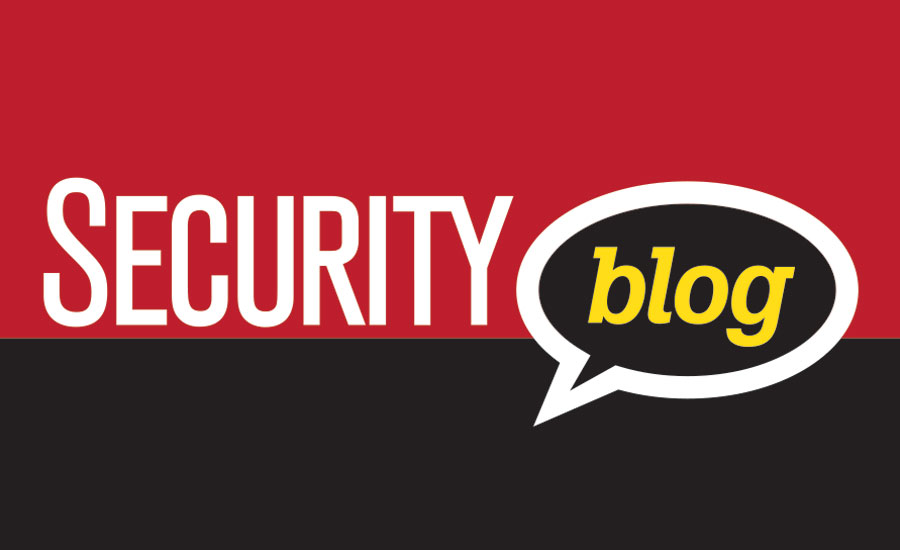Domestic violence has become an epidemic in our society which too often spills into the workplace. One in four women and one in seven men will experience physical violence by an intimate partner in their lifetime. Seventy-four percent of employee victims of domestic violence have been harassed at work. In many cases the violent partner may not know where his former partner may now live, but he knows where she works. While it can be any gender mix, most of these situations involve male against female threats and violence, and industries like healthcare with high female populations are therefore even more at risk. And the perpetrator poses a threat not only to his intended victim but to everyone else in the workplace.
At a basic level, the threatened employee will see the workplace as a safe haven, a place where she can be free of abuse and fear for eight hours. Too often, though, she will feel embarrassed and ashamed over her situation and in fear of losing her job. She may be hesitant to raise her issue and fears to her supervisor or manager but she may share it with her trusted work colleagues who should be protective and concerned enough to raise the issue to appropriate leadership. In a worst case, her issue may not be known by management until it’s too late. Furthermore, she may face resentment and be the target of rumors and gossip by her fellow employees which will only compound the risk and pain.
Most fundamentally, the employer should foster a culture that is supportive, respectful, non-judgmental and open. We will wish to set a tone of trust and convince the threatened employee that she is not alone and it is not her fault. Our initial response to her concerns may set the overall tone moving forward. The situation should be managed with empathy, respect and preserving dignity.
It should be noted that the threatening person could be another employee or contractor employee already within the workplace. I’ve often seen threats and even violence arising from the “love triangle gone bad” among employees within the workplace.
Planning Considerations may include:
- While the conventional lines of internal communications (i.e. first talk to your supervisor/manager or Human Resources) should be encouraged and reinforced, there should be alternative channels such as confidential helplines (beyond just compliance hotlines) to which issues can be raised without requiring the possibly uncomfortable first face-to-face contact with management.
- As part of the organization’s overall workplace violence mitigation and threat management process, there should be an interdisciplinary early intervention team made up of representatives of at least Human Resources/Employee Relations, Security, Safety, Risk Management/Legal, and some behavioral health/psychological presence that could at least be representatives of the EAP.
- The process should be formalized and well documented to also address early identifying the person with a proclivity toward violence, planning for safely handling the presenting of bad news or a precipitating event (e.g. termination, discipline, refusal of service or drugs, death of relative, financial demand, etc.), conducting a lethality and danger risk assessment, assigning a level of risk based upon what is known, and making a plan to safely move forward over time.
- Have organization-wide domestic violence policy and plan, which may be part of the overall workplace violence policy and plan
- Proactively commission an objective assessment of your domestic violence response and prevention program, possibly as part of a broader review of your workplace violence and/or security program, that will identify your true risks and vulnerabilities and, in light of those, how effective and appropriate your prevention, mitigation, response and recovery measures are.
- Meet with threatened employee to offer guidance and support such as moving her desk/work location or parking spot, providing portable duress alarms, changing her work and/or personal phone number and work schedules, providing guidance on obtaining restraining orders/orders of protection, advising on local and national support resources for domestic violence victims, advice on personal safety (e.g. the power of numbers, being alert to your environment, trusting your intuition and not establishing patterns) and creating a long-term safety plan with her and her manager.
- Consider appropriate physical and procedural security measures including facility and/or departmental access control and prompt lockdown capabilities, local law enforcement liaison and support, reporting and trending processes, background screening, staff training, worn identification, visitor management, distributing photos of the perpetrator and his vehicle, video cameras and monitoring, security officer support, internal communications measures, identifying safe rooms/shelters, investigative resources, and fostering a strong level of protectiveness, awareness, involvement and ownership by all employees.
Dick Sem, CPP CSC of Sem Security Management, has more than 40 years’ security and violence management experience. He serves hospitals, manufacturers and office buildings across North America performing comprehensive security and violence management assessments, development of related policies and plans, expert witness service and training.
